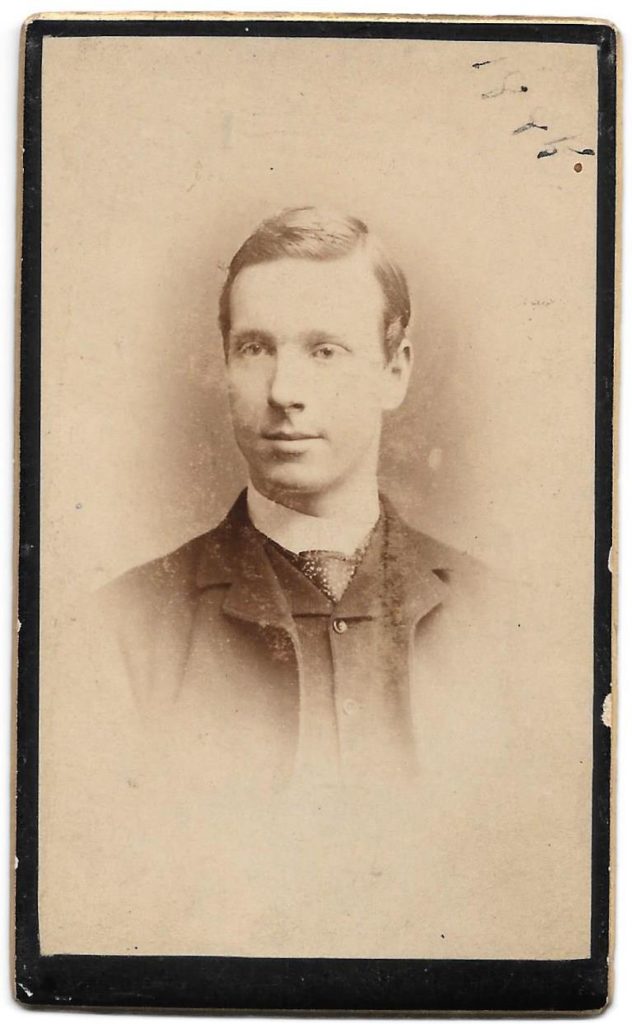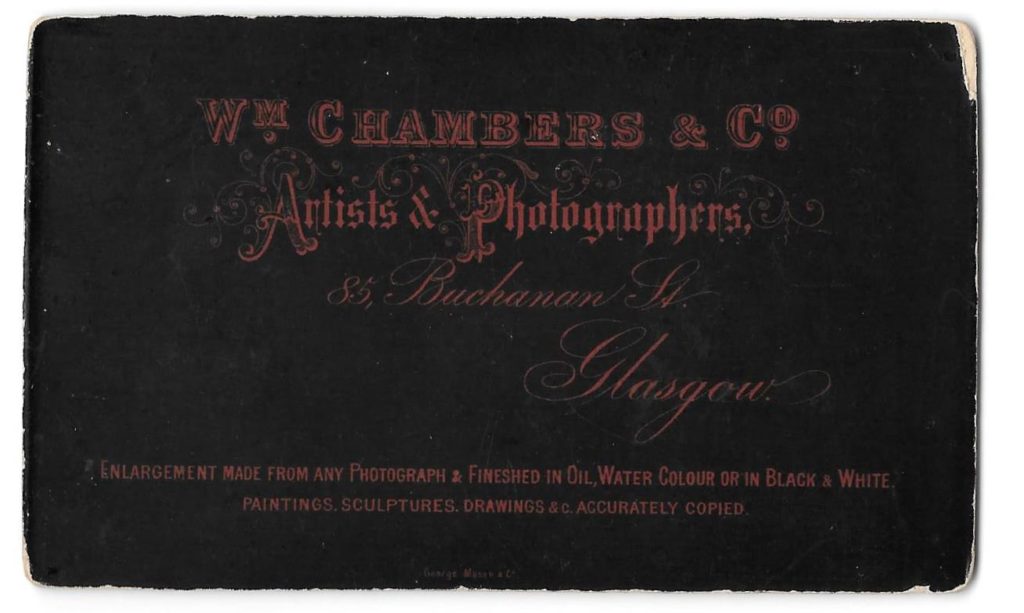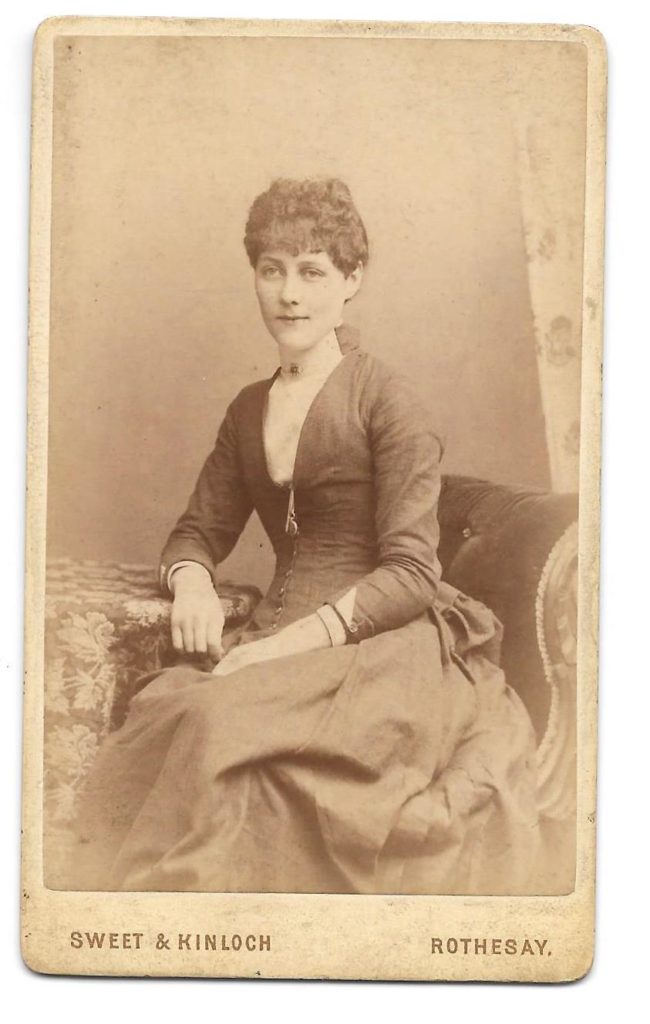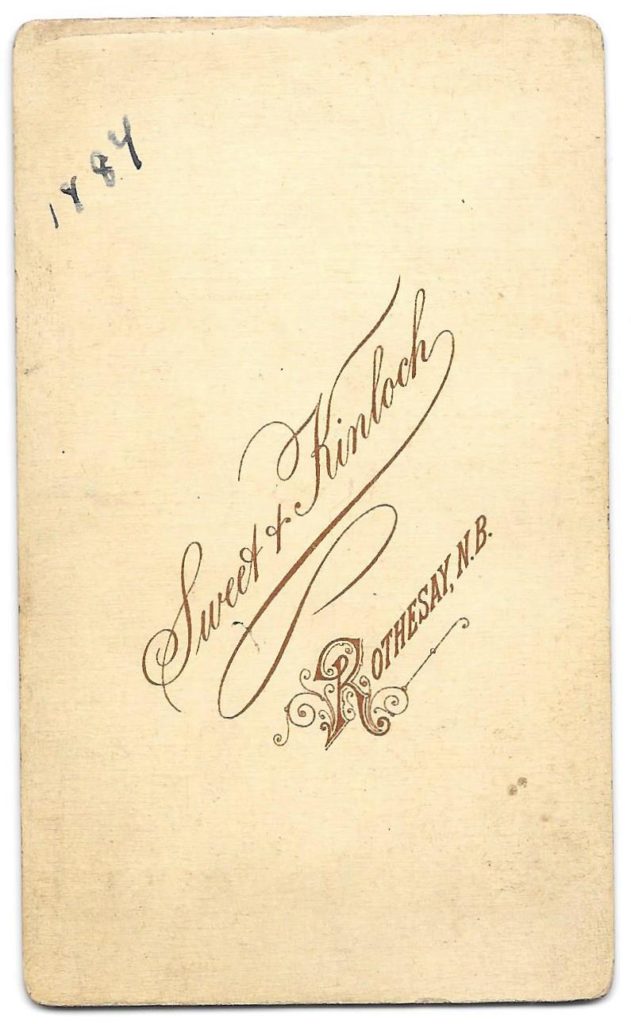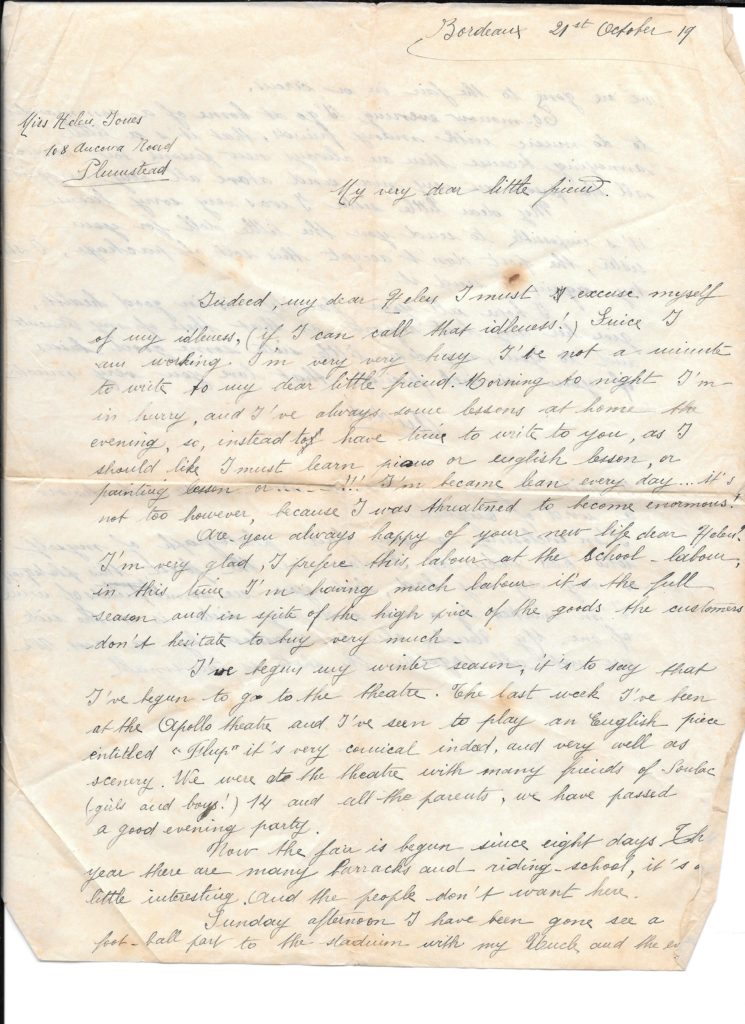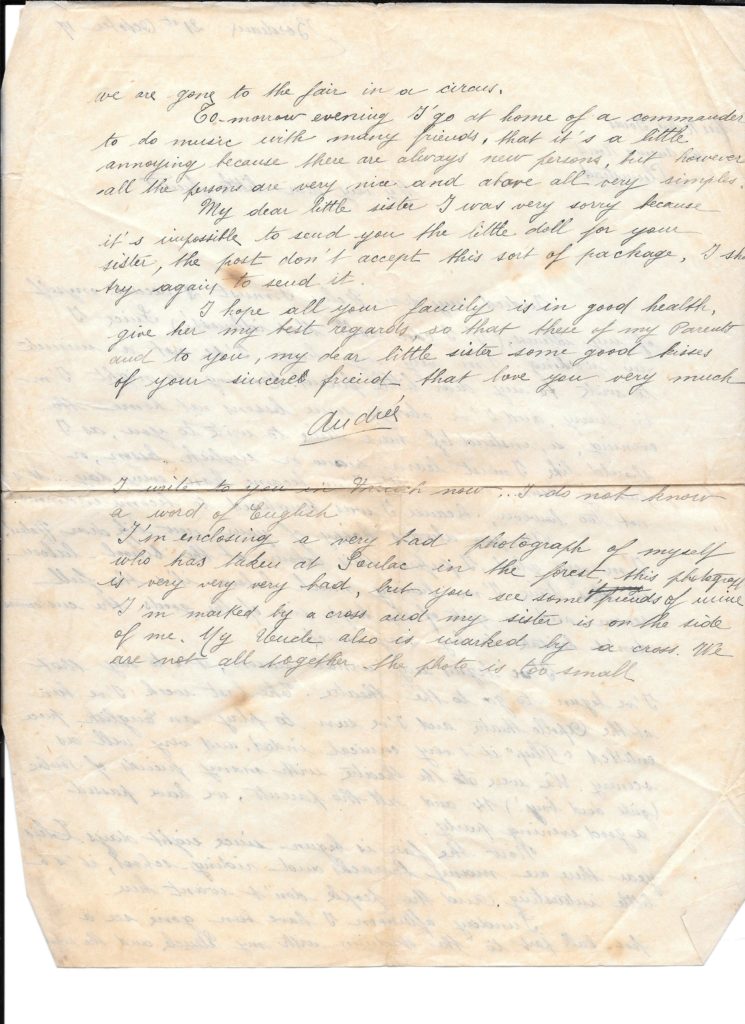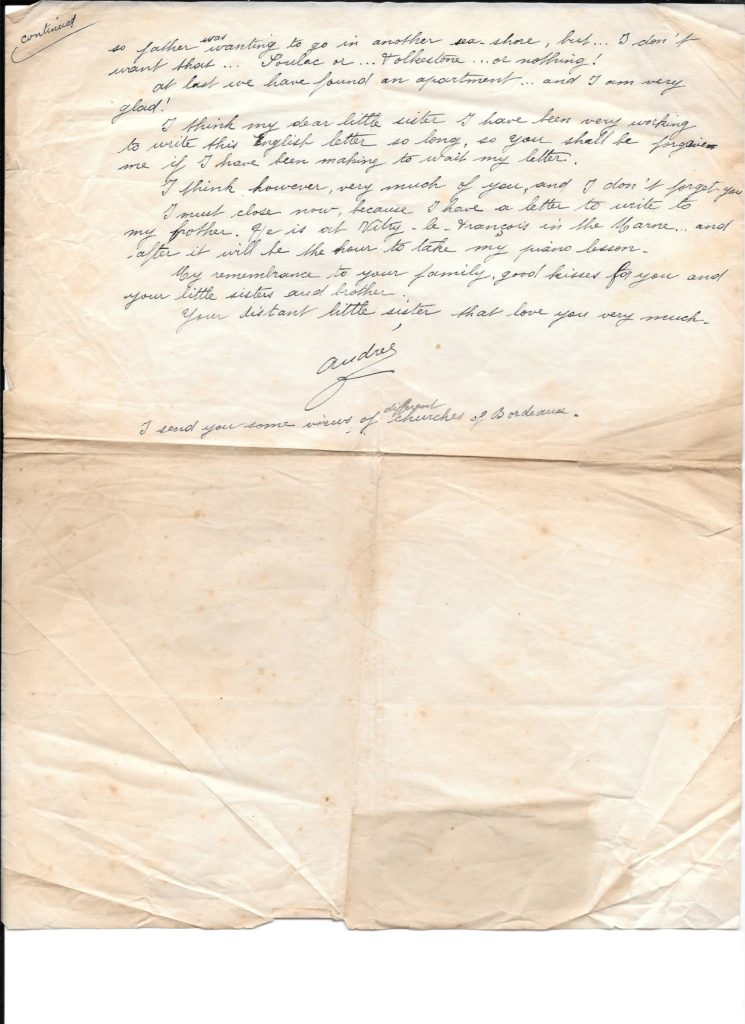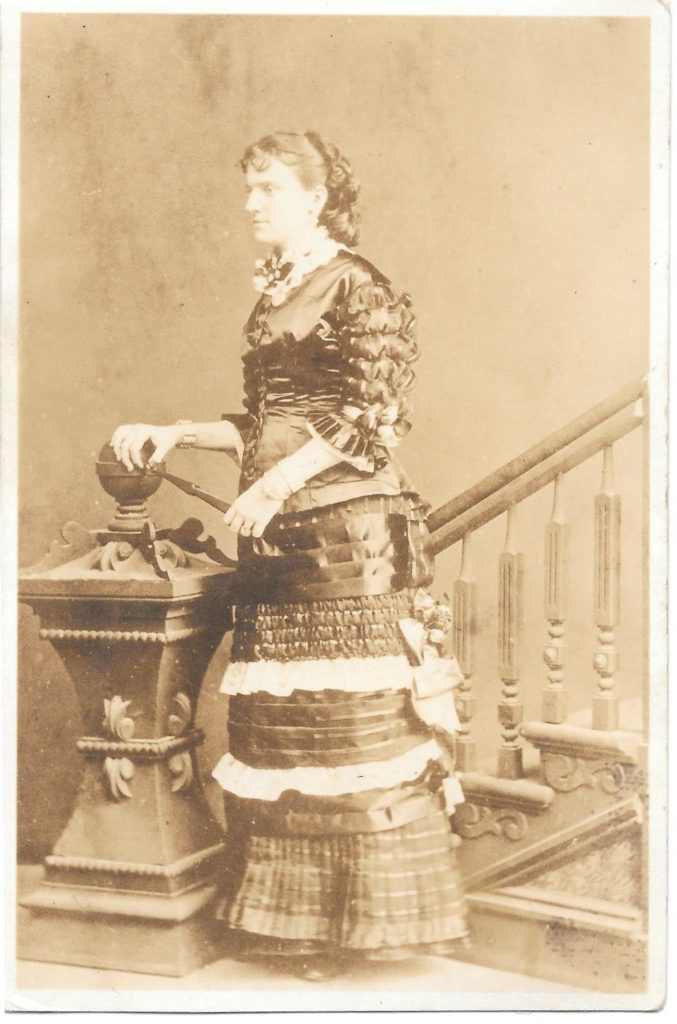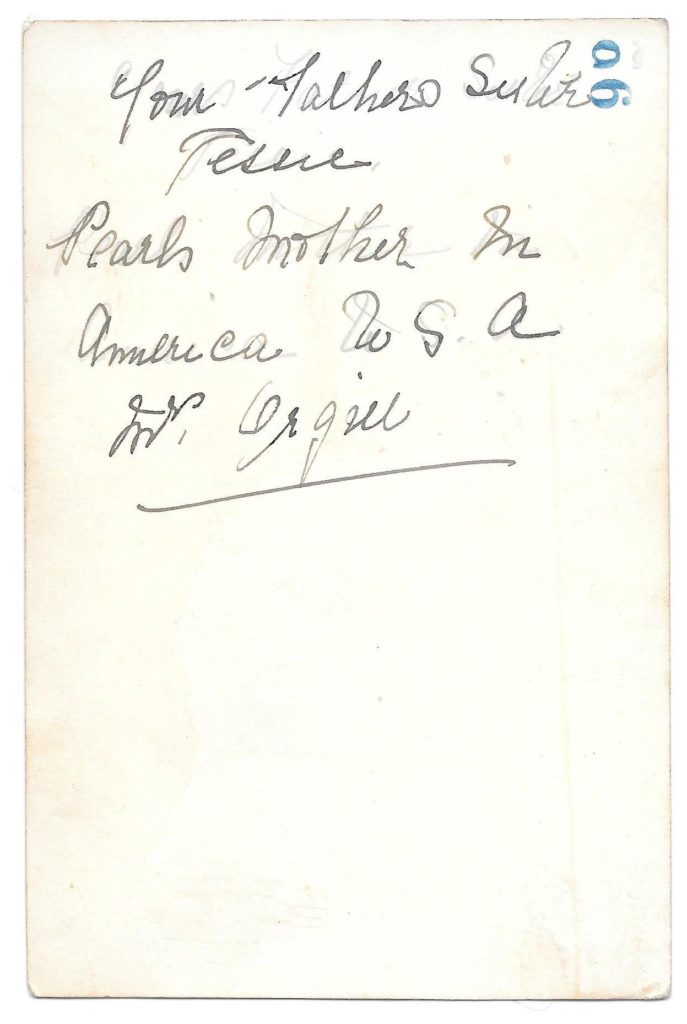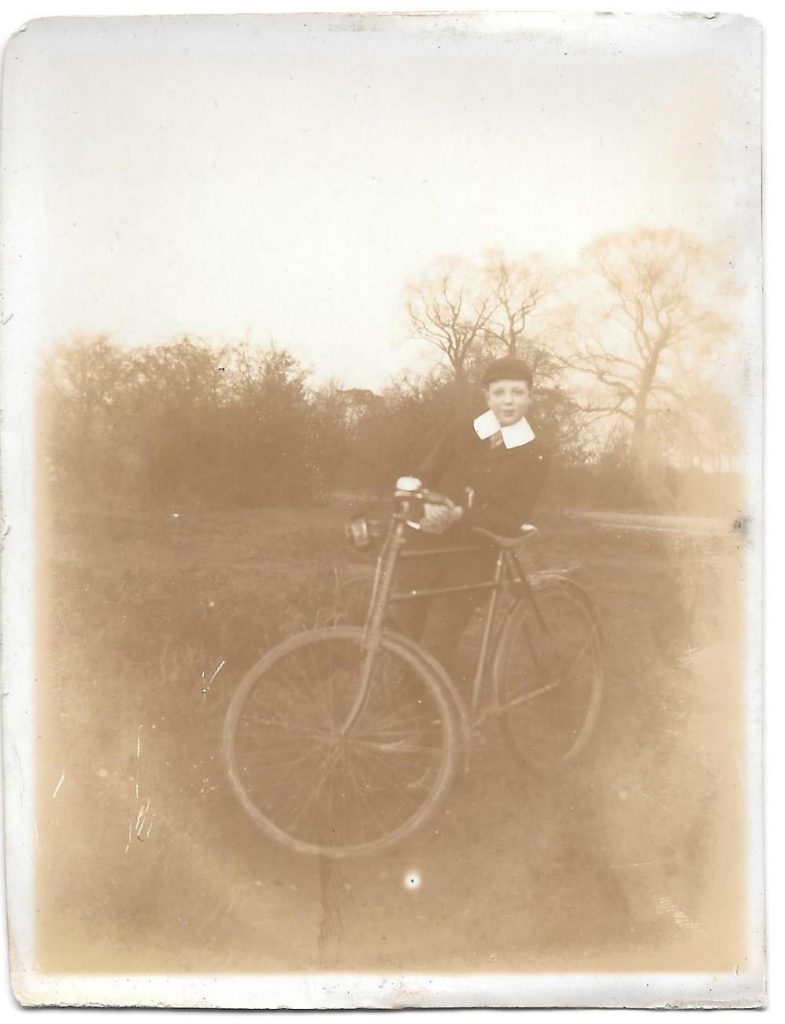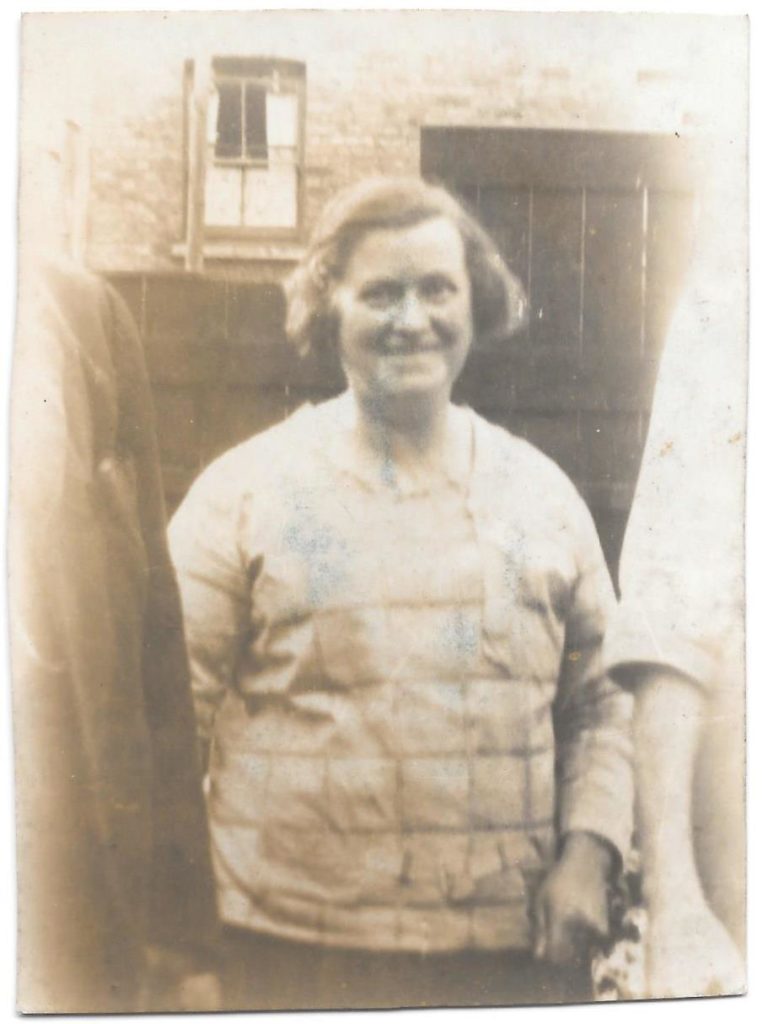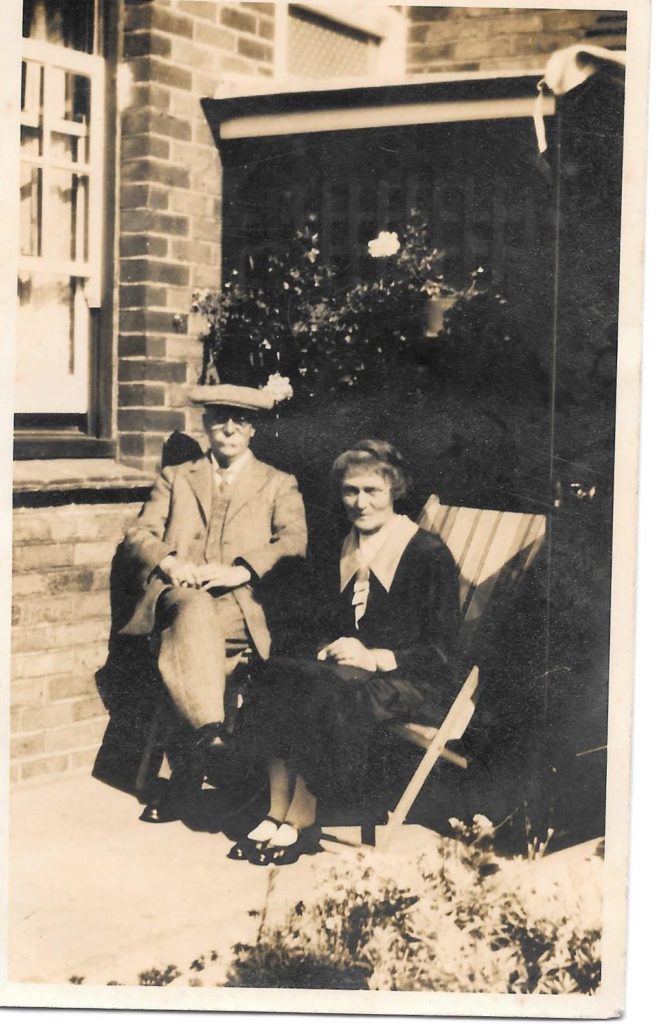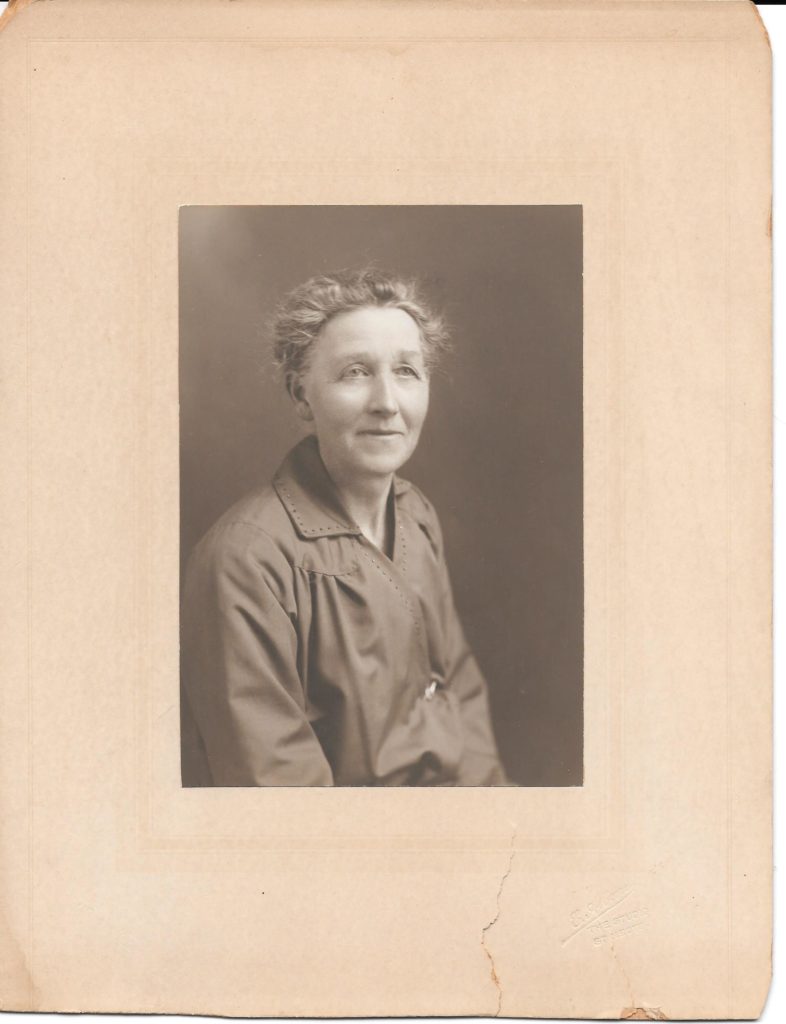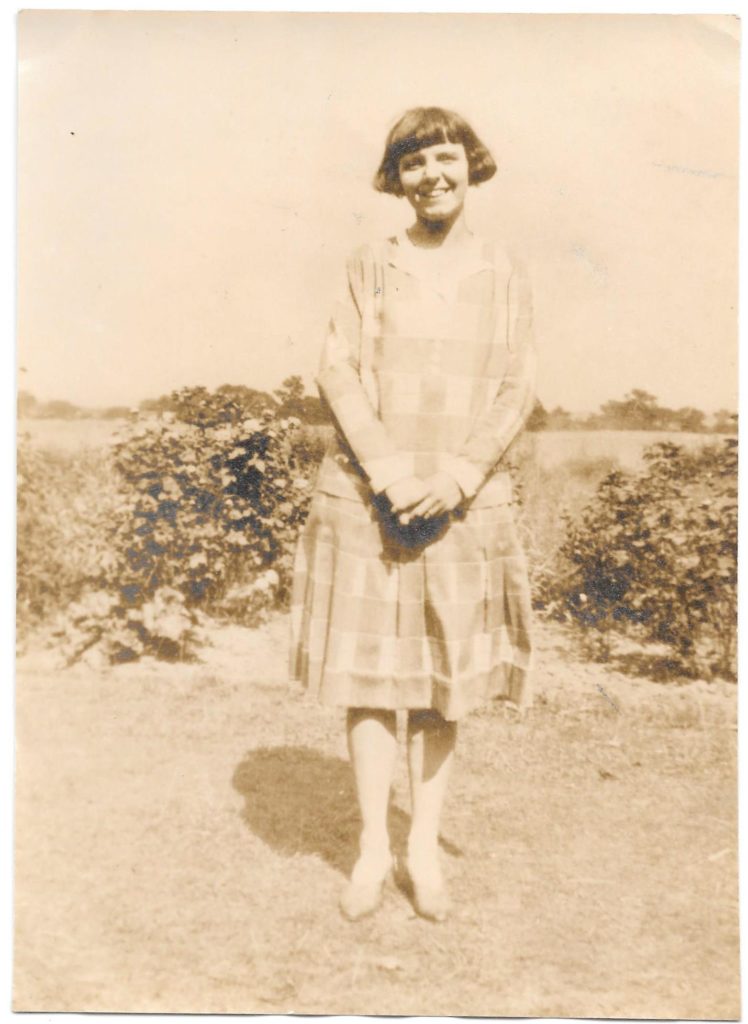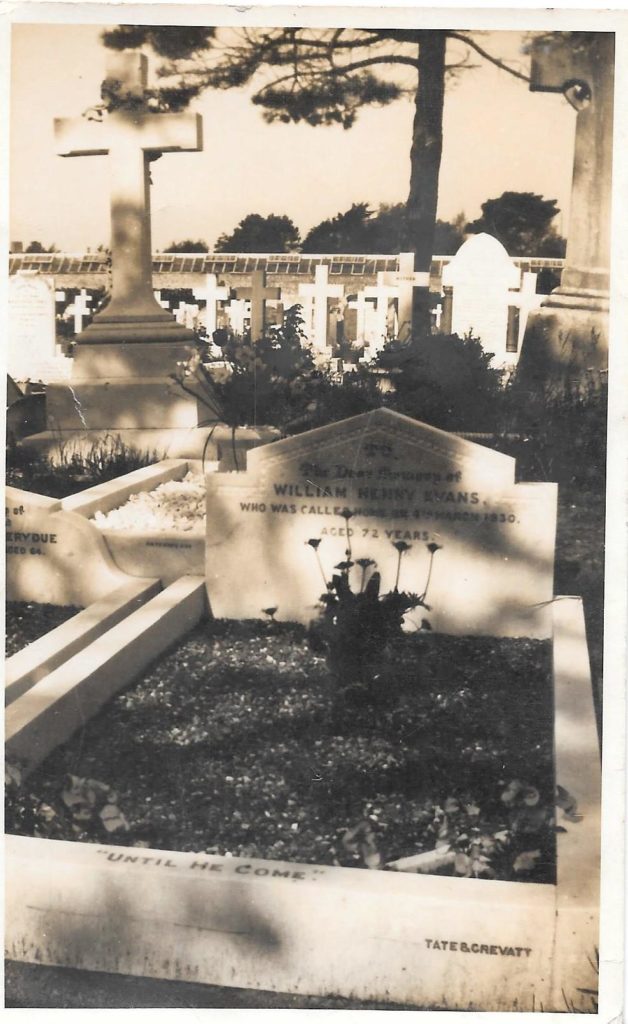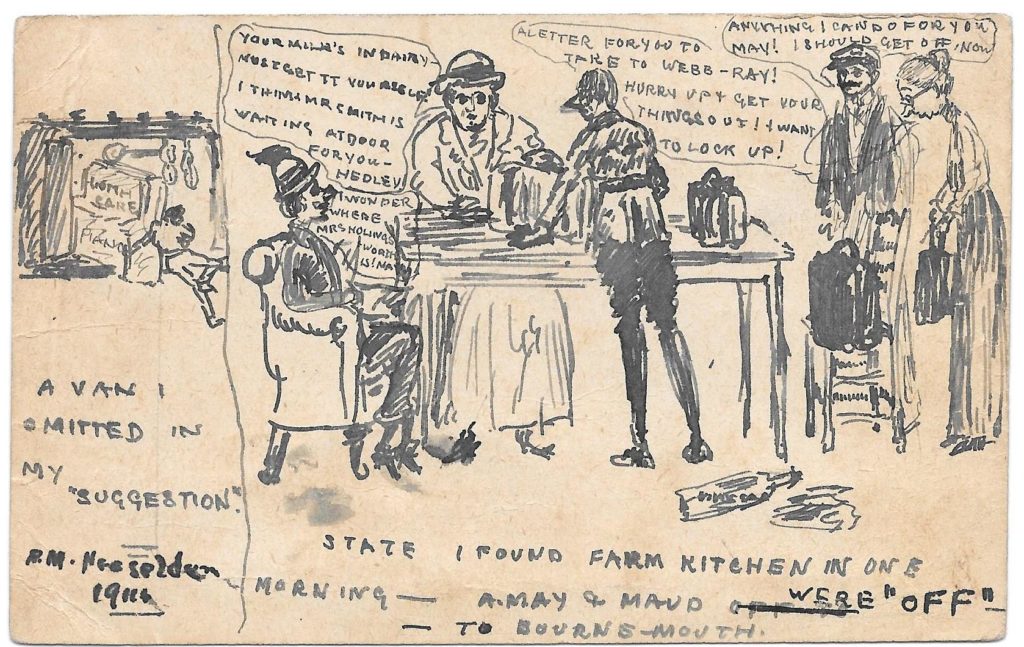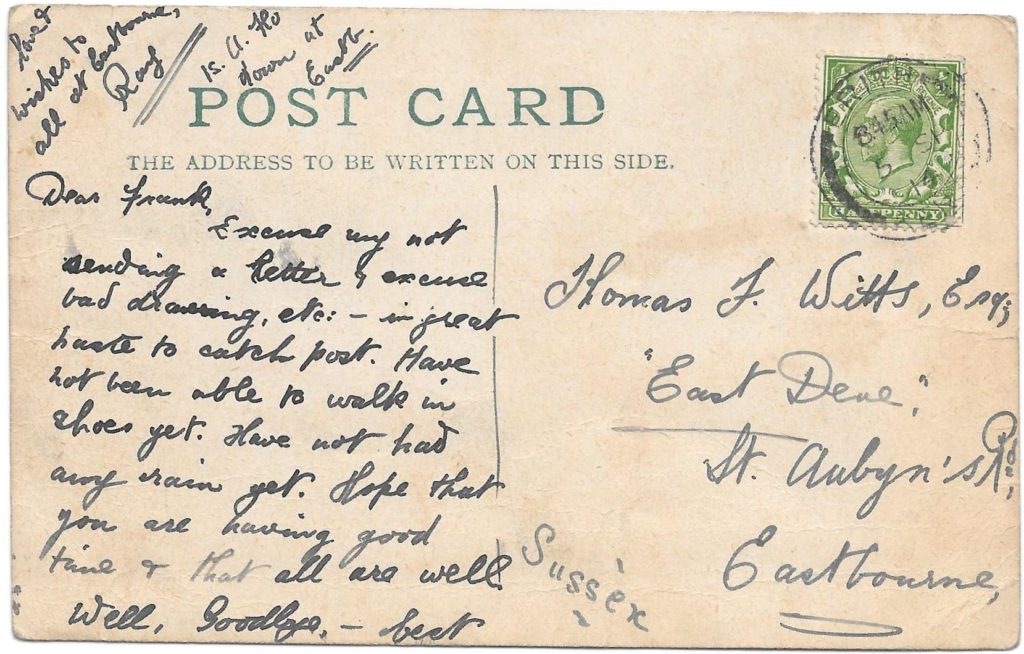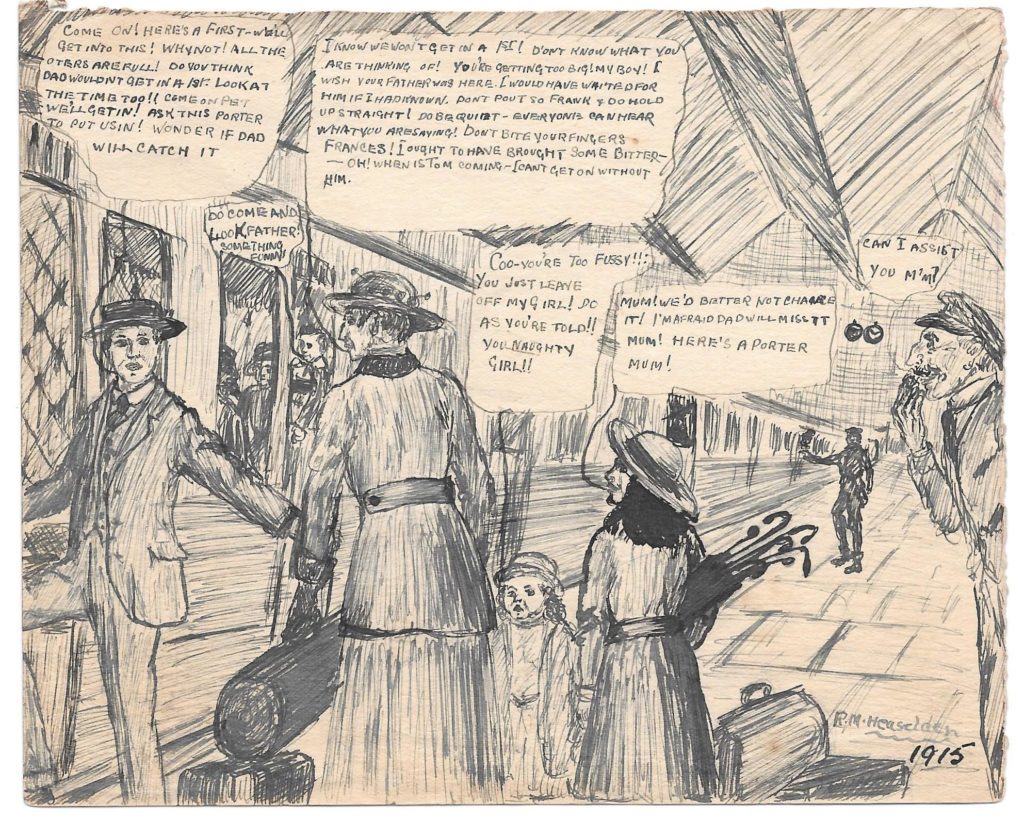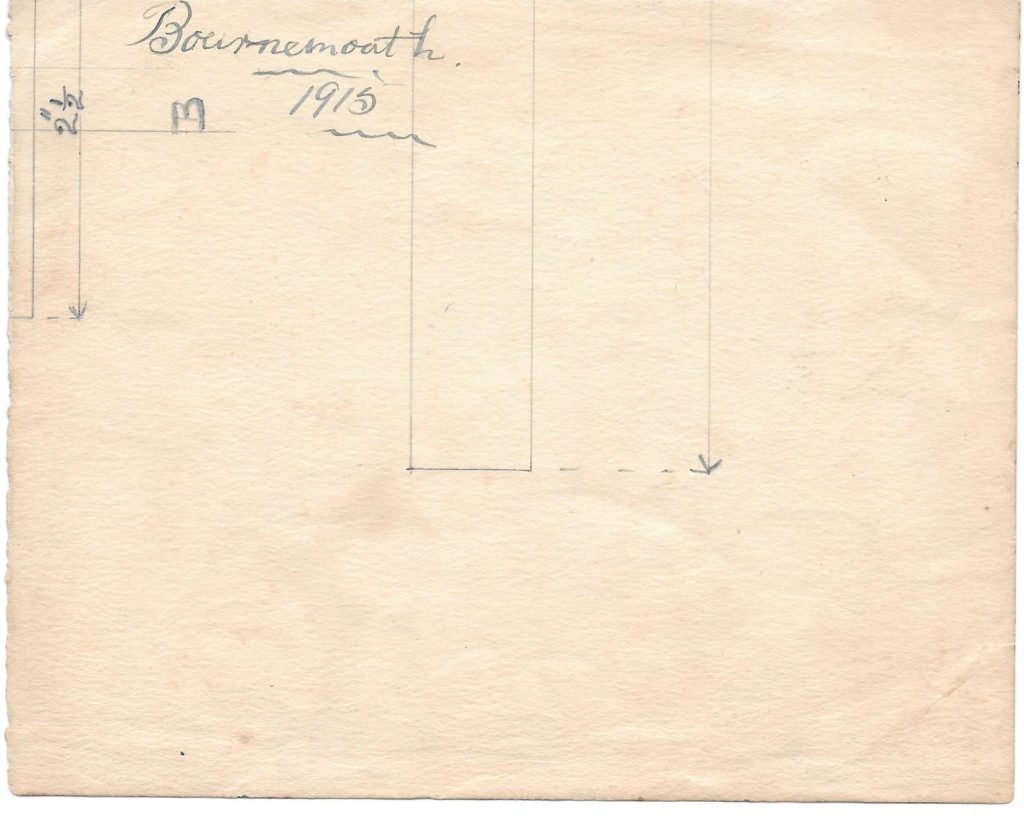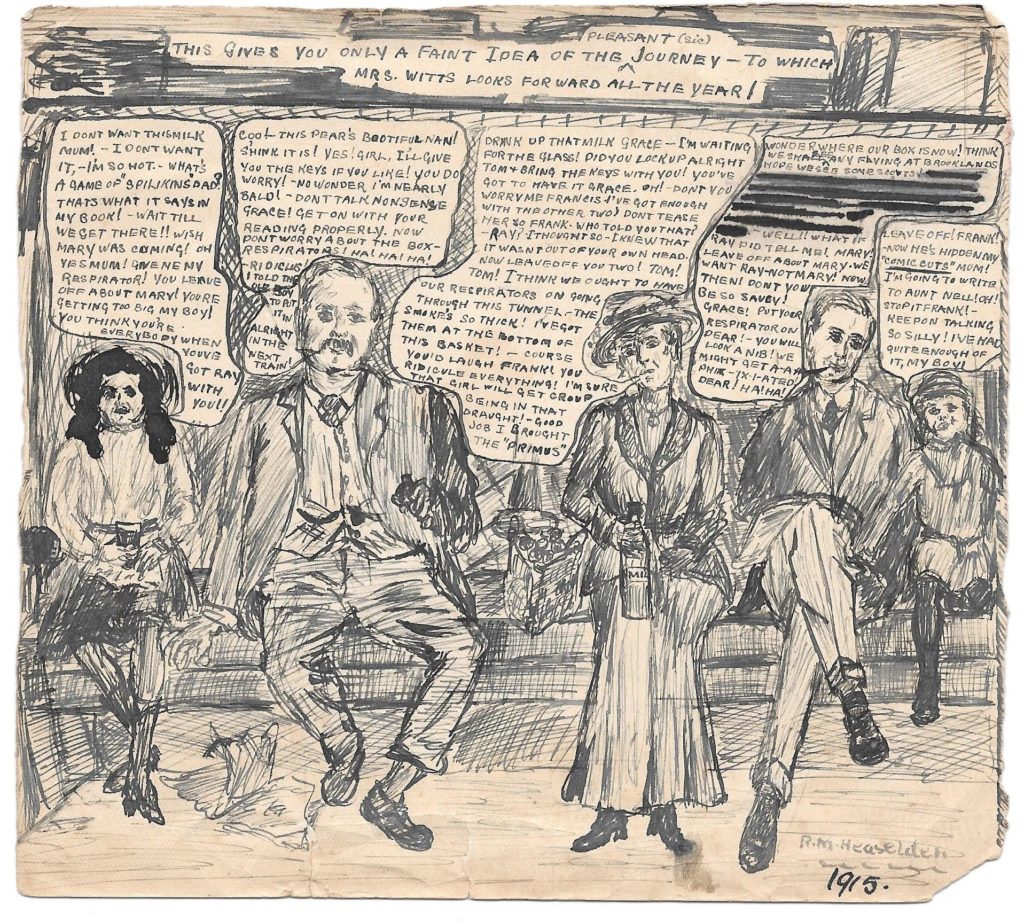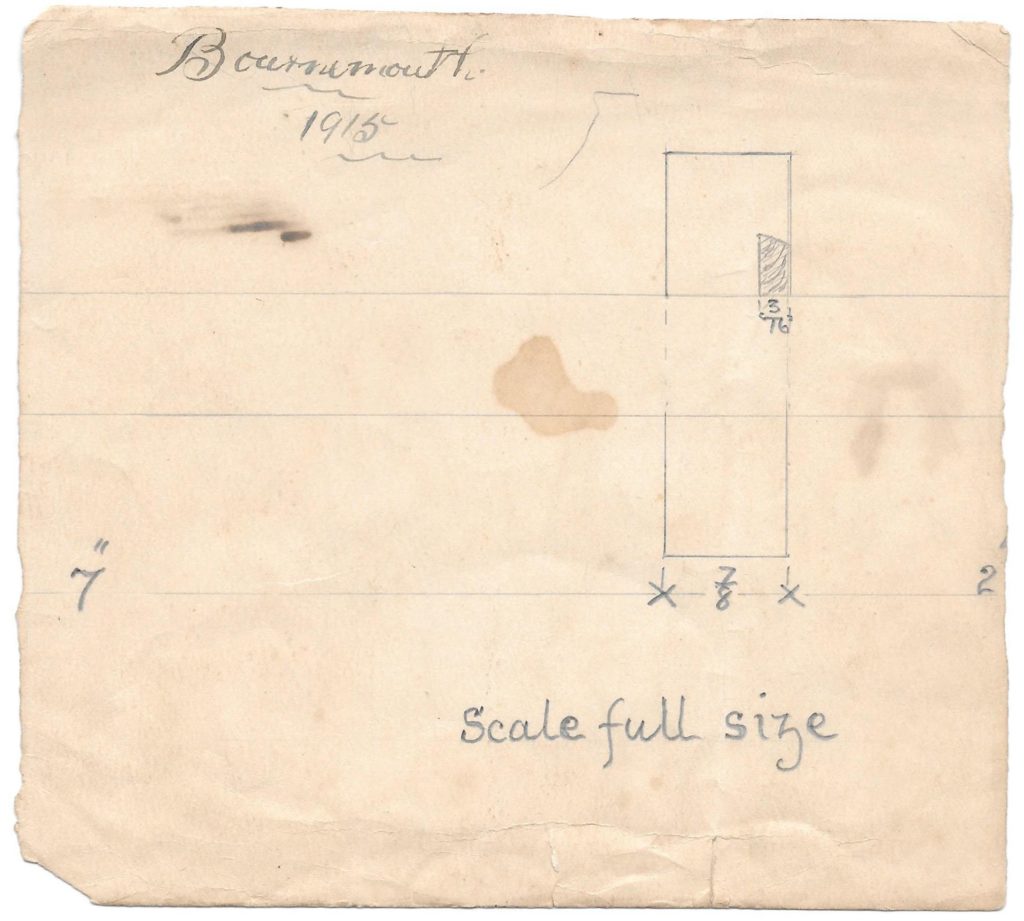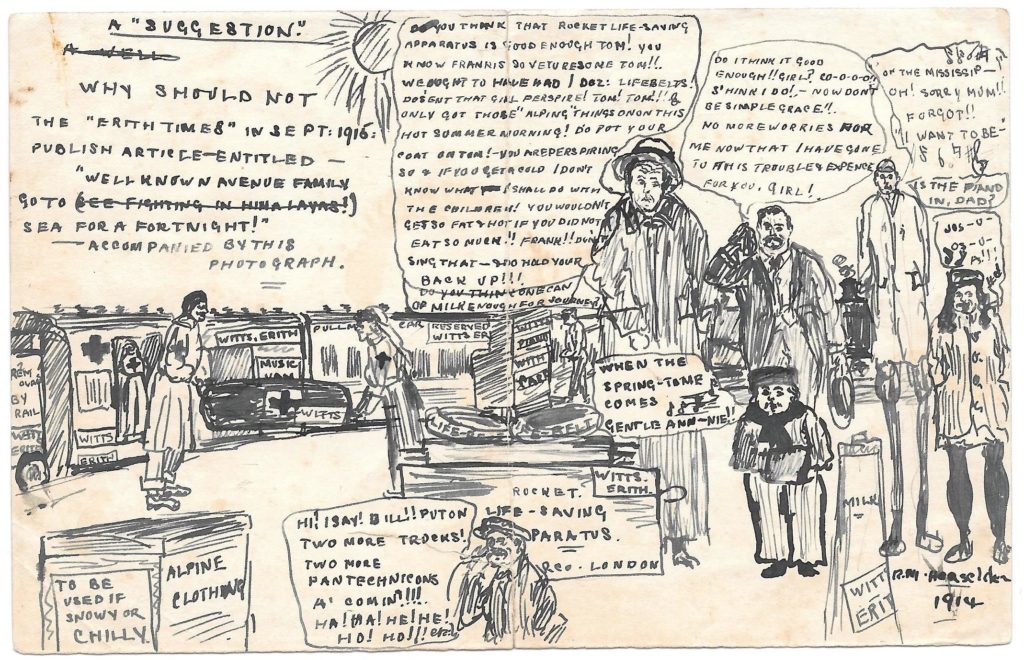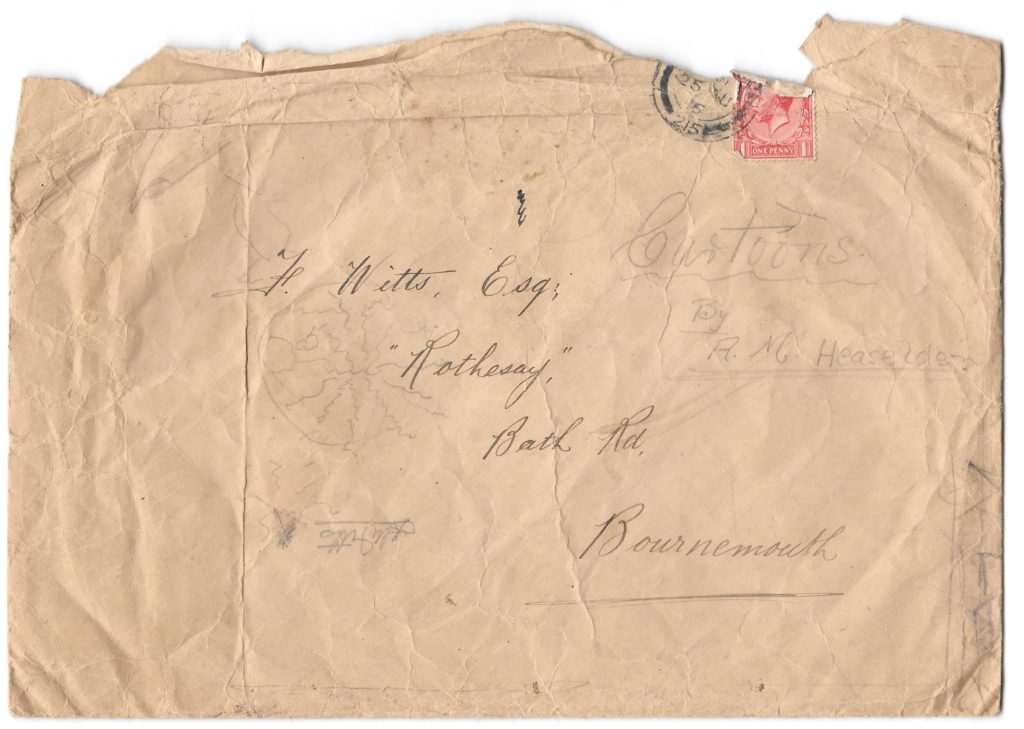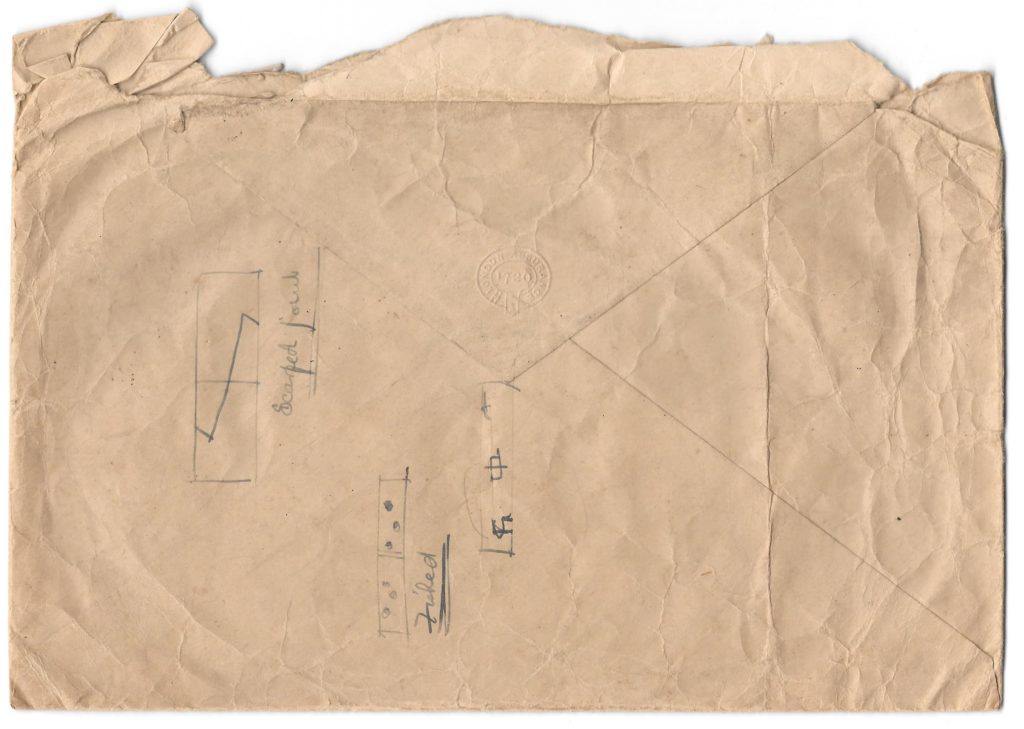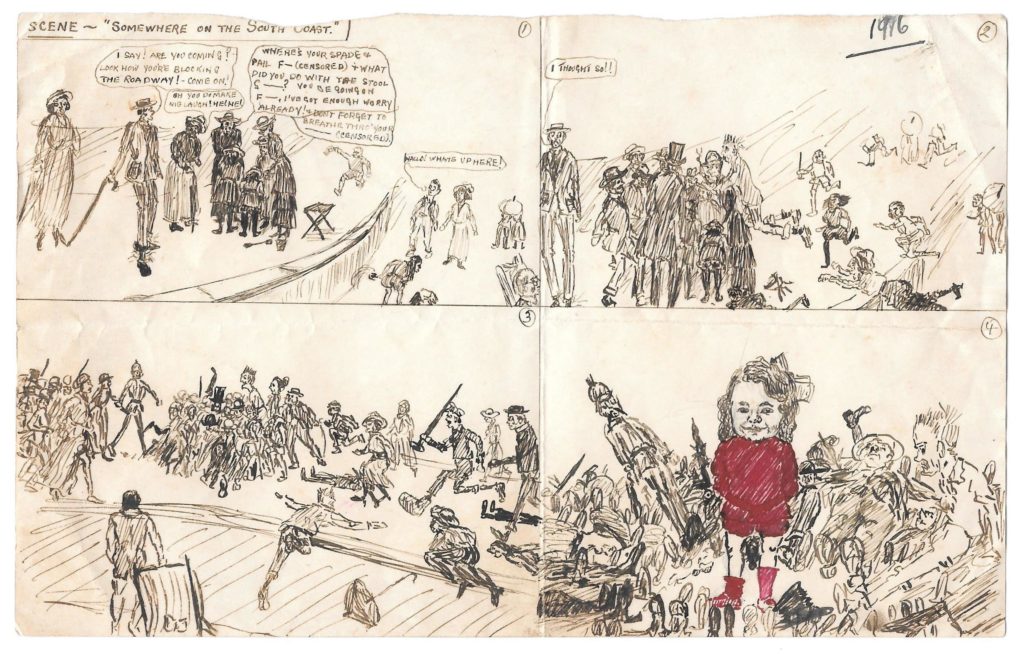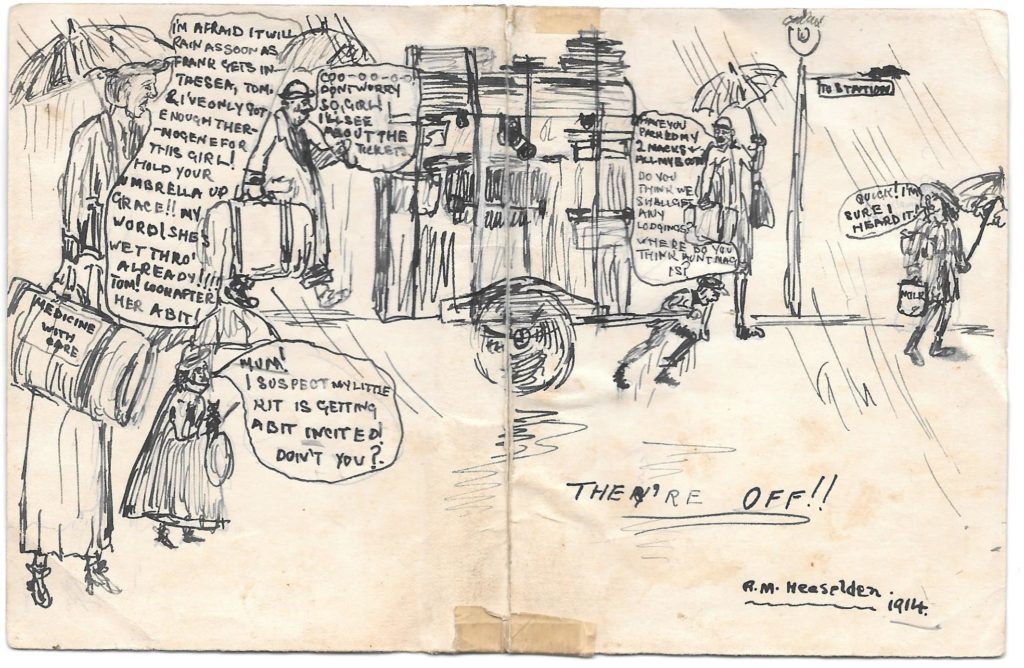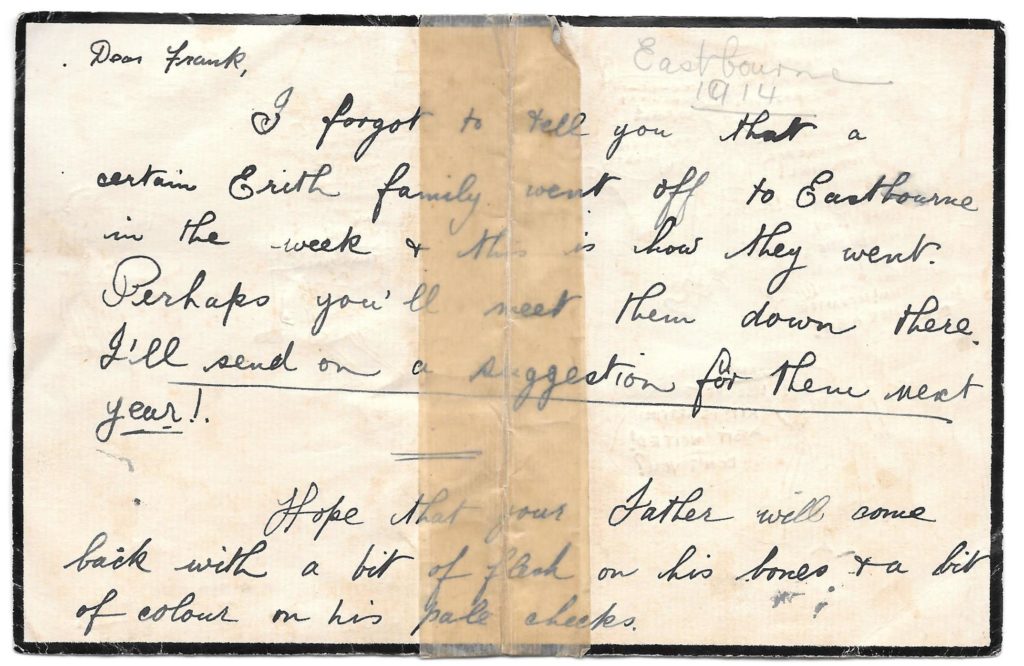Kin, Commerce and Change: The Intertwined Lives of Thomas Frank Witts and Raymond Mitchell Heasleden, and the Transformation of Erith
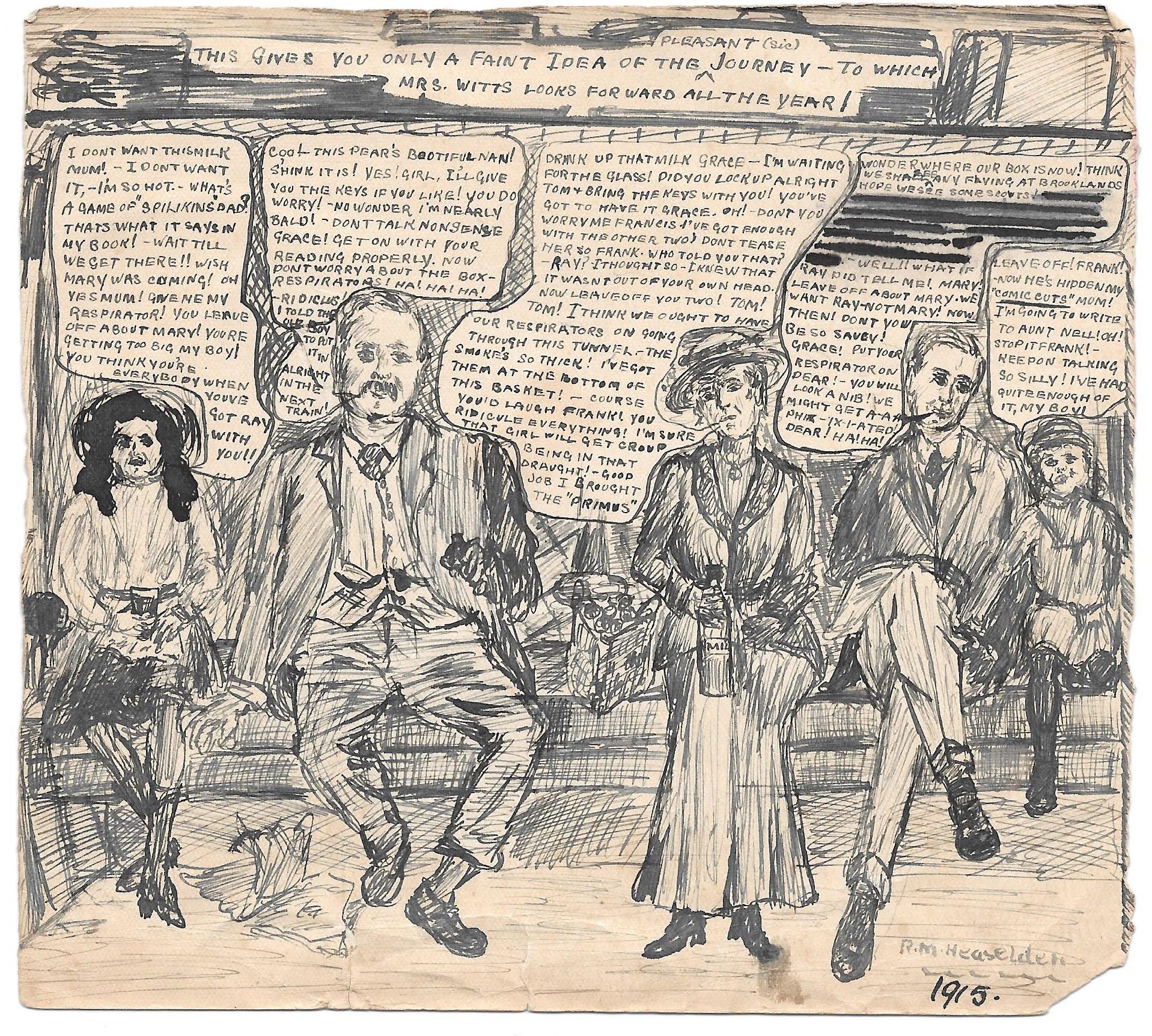 The stories of Thomas Frank Witts (1900–1976) and Raymond Mitchell Heasleden (1897–1997) trace a web of familial, social, and economic connections in Kent, a region on the fringe of London that saw rapid change from the late 19th century onward. Born of sisters from the enterprising Mitchell family, their lives intersected not only by blood, but by the shared worlds of shopkeeping, engineering, and the collective memory of a vanished Erith. Through census records, marriage certificates, and family lore, we glimpse not only these men as individuals but the currents of community and history that shaped—and were shaped by—their families.
The stories of Thomas Frank Witts (1900–1976) and Raymond Mitchell Heasleden (1897–1997) trace a web of familial, social, and economic connections in Kent, a region on the fringe of London that saw rapid change from the late 19th century onward. Born of sisters from the enterprising Mitchell family, their lives intersected not only by blood, but by the shared worlds of shopkeeping, engineering, and the collective memory of a vanished Erith. Through census records, marriage certificates, and family lore, we glimpse not only these men as individuals but the currents of community and history that shaped—and were shaped by—their families.
The Mitchell Sisters: A Family at the Heart of Erith
The fulcrum of this story is the Mitchell family, whose siblings reached adulthood in the final decades of the Victorian era. Two sisters in particular—Annie Ruth Mitchell (1871–1947) and Mary Ellen Mitchell (1868–1965)—would set the stage for a century of family ties.
-
Annie Ruth Mitchell married Thomas Witts (1870–1921), a man whose ambition and energy would be evident in his successful Gentlemen’s Outfitters on Erith’s High Street.
-
Mary Ellen Mitchell married Walter Heasleden (1865–1954), an engineer’s fitter whose skill placed the family firmly within the region’s skilled working class.
Both sisters carried with them the values and expectations of their generation: self-sufficiency, mutual support, and the importance of kin. The “Mitchell connection” ran like a thread through family naming patterns, occupations, and social networks.
Witts and Heasleden Households: The 1921 Census Revealed
A close reading of the 1921 census provides a rare, intimate window onto the everyday realities of the two families:
The Witts Family, 94 High Street, Erith
-
Thomas Witts (Head, age 50, born Maidstone): Proprietor of a busy Gentlemen’s Outfitters—employer and mentor to his son.
-
Annie Ruth Witts (Wife, age 50, born Bridgnorth): The bridge between Witts and Mitchell families, managing household affairs.
-
Thomas Frank Witts (Son, age 20, born Erith): Apprentice and worker in his father’s shop, heir to both the business and the family’s aspirations.
-
Grace Ruth and Frances Witts (Daughters): Completing the family, with their own roles in the home and, perhaps, the shop.
-
Joan Kathleen Skewitt (Nurse visitor, born Dublin): Reflects the period’s extended households and the importance of care.
Here, commerce and kin were inseparable. The Witts shop—part family home, part workplace—stood as a symbol of respectable Edwardian entrepreneurship.
The Heasleden Family, Crayford
-
Walter Heasleden (Head, age 56, born Leyton): Engineer’s fitter, emblematic of the skilled, upwardly-mobile working class.
-
Mary Ellen Heaselden (Wife, age 53, born Berkeley): Sister to Annie Ruth, custodian of Mitchell values.
-
Percy Stuart Heasleden (Son, age 25): Draughtsman—engineering was a family vocation.
-
Raymond Mitchell Heasleden (Son, age 24): Clerk, London Assurance—his “Mitchell” middle name a sign of maternal pride.
Though less public than the Witts shop, the Heasleden household embodied the skilled professionalism of industrial Britain. Their address in Crayford placed them just a few miles from Erith, ensuring regular contact between the two branches of the family.
First Cousins: Lives Intertwined by Blood and Experience
Thomas Frank Witts and Raymond Mitchell Heasleden were more than just cousins; they were, in effect, social and professional mirrors of each other, each shaped by the twin influences of Mitchell ambition and their parents’ chosen trades.
Thomas Frank Witts: The Next Generation of Shopkeepers
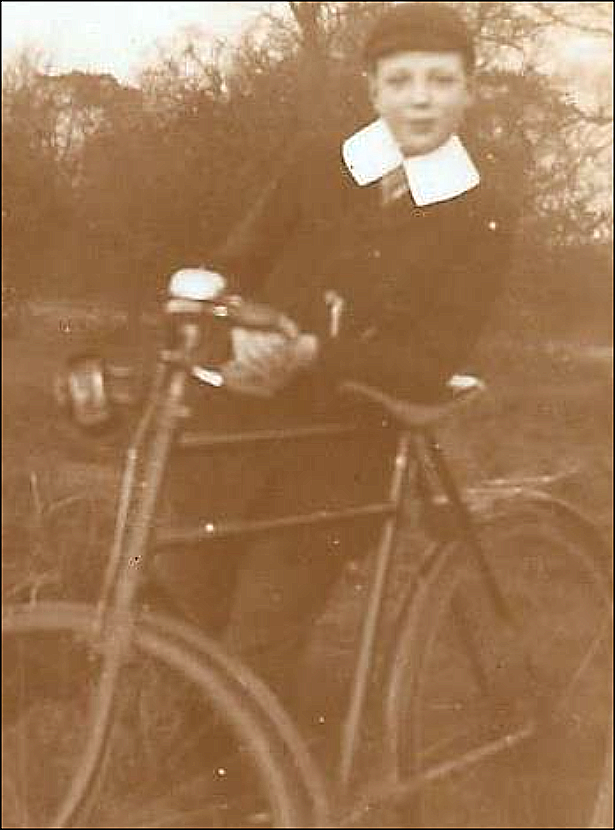 Born at the dawn of the 20th century, Thomas Frank grew up in a household where family and business were entwined. Apprenticed in his father’s Gentlemen’s Outfitters, his adulthood coincided with immense social change: the aftershocks of the First World War, the rise of suburban London, and the eventual decline of the independent shop. Thomas Frank married Helen Florence Jones in 1924, but her early death in 1942 was a blow; he remarried Olive Dyson Lovell in 1945, settling later in Rushden, Northamptonshire—a move reflecting broader trends of postwar mobility.
Born at the dawn of the 20th century, Thomas Frank grew up in a household where family and business were entwined. Apprenticed in his father’s Gentlemen’s Outfitters, his adulthood coincided with immense social change: the aftershocks of the First World War, the rise of suburban London, and the eventual decline of the independent shop. Thomas Frank married Helen Florence Jones in 1924, but her early death in 1942 was a blow; he remarried Olive Dyson Lovell in 1945, settling later in Rushden, Northamptonshire—a move reflecting broader trends of postwar mobility.
Raymond Mitchell Heasleden: The Talented Correspondent
Raymond, just three years Thomas Frank’s senior, channelled his energies into art and correspondence. During the First World War, he sent cartoon postcards to his cousin—often lampooning relatives, offering wry commentary, and providing comfort in difficult times. He married Doris Crouch in 1927, and his later life in Worthing, Sussex, suggests an openness to new places and new ideas. He lived to 99, a living bridge to the Victorian past.
The Wider Mitchell Clan: Kinship and Commerce in Erith
The Mitchell connection didn’t stop with the sisters. Their brother, Hedley Mitchell, owned a prominent department store in Erith, further anchoring the family in the town’s commercial and social life. Thomas Witts, the shopkeeper, and Hedley, the department store owner, were reputedly “best of friends,” collaborating and supporting each other’s ventures—a pattern common among upwardly mobile families of the era.
In Erith, the world of independent shopkeepers, department store proprietors, and skilled artisans formed a dense network of mutual support. Family gatherings, business alliances, and local civic involvement would have been the norm, and the Mitchells were at the heart of it all.
Erith and Crayford: Towns in Transition
The family story cannot be told apart from the fate of Erith itself. Once a bustling town with handsome Victorian buildings and busy high streets, Erith’s heart was torn out in the 1960s during a wave of postwar redevelopment. The ceremonial smashing of the window of Hedley Mitchell’s store in 1966, marking the start of demolition, symbolised not only the end of an era but the loss of the very world that had shaped the Witts, Mitchell, and Heasleden families.
The destruction of Erith’s historic centre was a loss felt across generations—streets and buildings where children had played, shops where families had worked, all swept away in the pursuit of modernity. For descendants, the memory of that vanished town remains inseparable from the memory of their kin.
Legacy: Memory, Migration, and Endurance
Through it all, the Witts and Heasleden families adapted, survived, and in some cases, moved on. Thomas Frank’s later years in Northamptonshire and Raymond’s long retirement in Sussex speak to the 20th-century trend of migration away from the old industrial heartlands. But family connections—through letters, marriages, reunions, and the inheritance of stories—remained.
Today, their descendants and researchers can trace a path through the census, marriage registers, business directories, and family letters—a path that runs from the crowded Victorian streets of Erith to the quiet coastal lanes of Worthing, and from the energetic optimism of the Edwardian era to the uncertainties and opportunities of the postwar world.
Conclusion
The lives of Thomas Frank Witts and Raymond Mitchell Heasleden are not merely individual stories but chapters in a larger narrative of kinship, adaptation, and change. They—and their extended family—stand as witnesses to the rise and fall of the independent British high street, the transformation of London’s fringe towns, and the enduring strength of family ties. Their legacy endures not only in genealogical records but in the stories told, the letters written, and the values handed down through generations—a legacy both particular and universal, shaped by the heart of Kent and the wider currents of British history.
“In 1966 Deputy Mayor, Councillor Mrs M Barron, ceremoniously smashed the window of Hedley Mitchell’s store to mark the commencement of the demolition of Erith Town Centre to make way for redevelopment. As a consequence, all the existing Victorian buildings were lost”.

